Home>Garden Essentials>How Long Does Comfrey Take To Grow From Seed
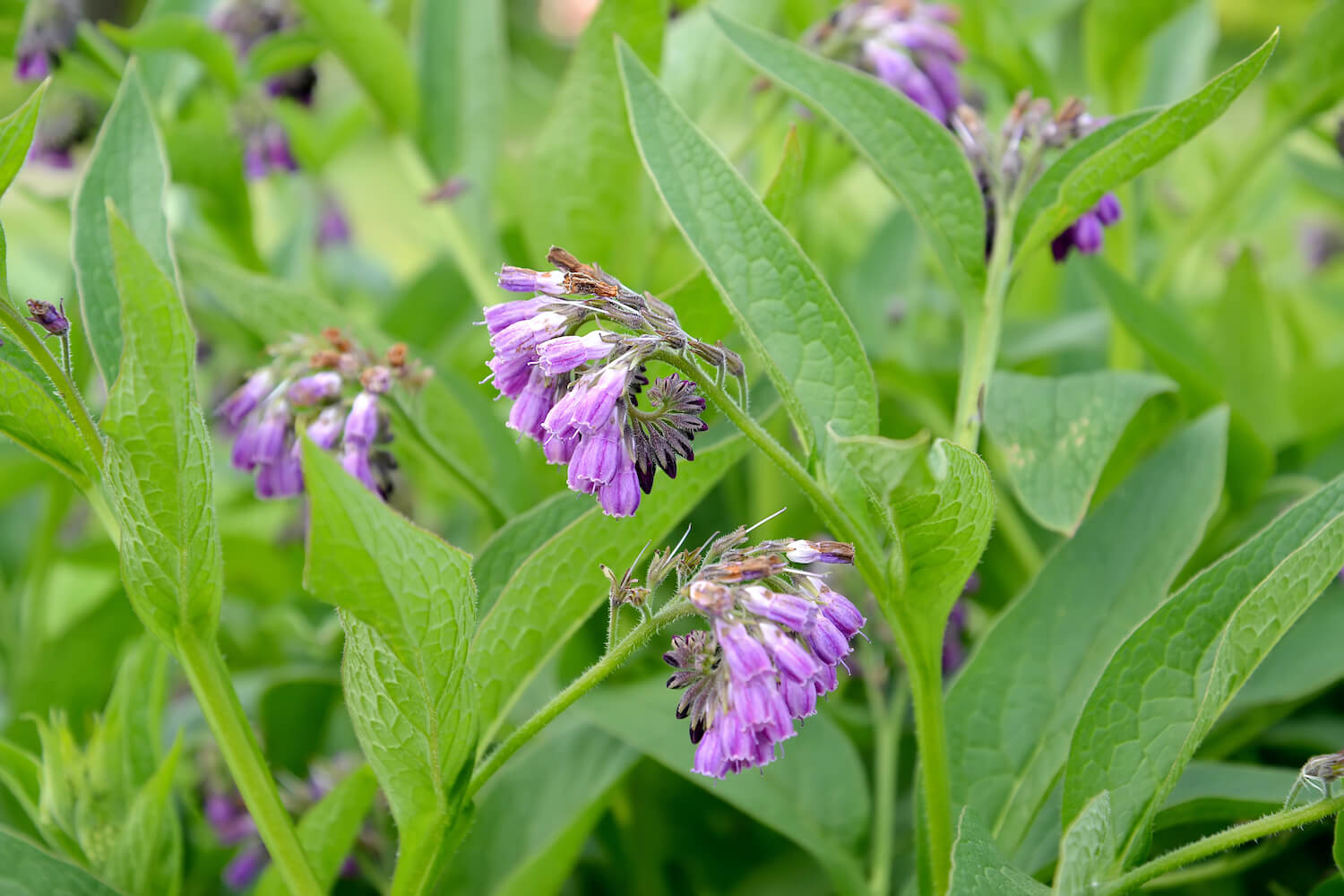

Garden Essentials
How Long Does Comfrey Take To Grow From Seed
Modified: March 15, 2024
Discover how long it takes for comfrey to grow from seed in your garden. Get expert tips and advice to ensure successful cultivation and vibrant plant growth.
(Many of the links in this article redirect to a specific reviewed product. Your purchase of these products through affiliate links helps to generate commission for Storables.com, at no extra cost. Learn more)
Introduction
Welcome to the world of gardening! If you are a gardening enthusiast, you might be interested in exploring new plants to add to your garden. One such plant that you should consider is comfrey. Comfrey is a versatile and valuable plant known for its medicinal properties and ability to improve soil health.
While you can purchase comfrey plants from nurseries, growing comfrey from seed is a rewarding and cost-effective option. Not only does it give you a sense of accomplishment, but it also allows you to have a greater variety of comfrey cultivars to choose from.
In this article, we will explore the benefits of growing comfrey from seed, factors affecting comfrey seed germination, the germination period of comfrey seeds, tips for successful germination, how to transplant or direct sow comfrey seedlings, the time estimate for comfrey plant growth from seed, and finally, how to harvest comfrey plants that are grown from seed.
By the end of this article, you will have all the information you need to successfully grow comfrey from seed and enjoy the many benefits it offers. So, let’s dive in!
Key Takeaways:
- Growing comfrey from seed offers cost savings, plant variety, and medicinal benefits. With proper care and patience, you can enjoy a sustainable and rewarding gardening experience.
- Understanding comfrey seed germination factors and growth timeline is essential for successful cultivation. Selective harvesting and responsible care ensure a continuous supply of valuable comfrey leaves.
Benefits of Growing Comfrey from Seed
Growing comfrey from seed offers several advantages that make it a worthwhile endeavor for gardeners. Here are some key benefits:
- Cost-effectiveness: Purchasing comfrey plants can be expensive, especially if you need a large quantity for your garden. Growing comfrey from seed is a cost-effective option as seeds are generally more affordable and can yield a good number of plants.
- Greater variety: When you grow comfrey from seed, you have access to a wide range of comfrey cultivars to choose from. Different cultivars offer variations in growth habit, flower color, and medicinal properties. This allows you to select the plants that best suit your preferences and needs.
- Healthier plants: Comfrey plants grown from seed tend to be healthier and more vigorous compared to those grown from cuttings. Seed-grown plants have a stronger root system and adapt better to their environment, making them more resilient to pests, diseases, and adverse conditions.
- Flexibility in timing: When you grow comfrey from seed, you have the flexibility to start your seeds at the most suitable time for your climate and gardening schedule. This means you can plan your comfrey planting based on factors like frost dates, rainfall patterns, and other considerations specific to your region.
- Seed saving: By growing comfrey from seed, you can save seeds from your mature plants to propagate new generations in the future. This allows you to maintain a sustainable source of comfrey in your garden without having to rely on purchasing new plants or cuttings.
- Medicinal properties: Comfrey is renowned for its medicinal properties, particularly in treating skin ailments, promoting wound healing, and providing relief from inflammation. By growing your own comfrey plants from seed, you have a readily available supply of fresh leaves to harvest and use for making herbal preparations and remedies.
- Soil improvement: Comfrey plants have deep roots that mine nutrients from the soil, making them excellent accumulators of nutrients like nitrogen, potassium, and phosphorus. These nutrients can then be returned to the soil when comfrey plant biomass is composted or used for mulching, resulting in improved soil fertility and structure.
Overall, growing comfrey from seed offers numerous advantages, ranging from cost savings and plant variety to enhanced plant health and medicinal benefits. It’s a rewarding and sustainable practice that can elevate your gardening experience while providing you with a valuable and versatile plant for your garden.
Factors Affecting Comfrey Seed Germination
When it comes to germinating comfrey seeds successfully, several factors come into play. Understanding these factors can greatly improve your chances of achieving high germination rates. Here are some key factors that influence comfrey seed germination:
- Temperature: Comfrey seeds require a specific temperature range for optimal germination. The ideal temperature for comfrey seed germination is between 60-75°F (15-24°C). Cooler temperatures can significantly slow down germination, while warmer temperatures can cause the seeds to become dormant or fail to germinate altogether.
- Moisture: Adequate moisture is crucial for comfrey seed germination. The soil should be consistently moist but not waterlogged. Ensure that the soil remains moist throughout the germination period to promote successful sprouting of the seeds.
- Light: Comfrey seeds do not require light for germination. In fact, they prefer to be covered with a thin layer of soil to provide darkness during the germination process. Light exposure can inhibit the germination of comfrey seeds, so it’s best to keep them covered while they are in the germination stage.
- Seed quality: The quality and viability of comfrey seeds also play a crucial role in germination success. It is recommended to obtain fresh and high-quality seeds from reputable sources. Ensure that the seeds have not expired and have been stored in proper conditions to maintain their viability.
- Seed scarification: Comfrey seeds have a hard outer shell that can inhibit germination. To overcome this, you can scarify the seeds by gently scratching or nicking the seed coat, or soaking them in water for 24 hours before sowing. This process helps to break the seed dormancy and improve germination rates.
- Seed stratification: Some comfrey varieties may benefit from a period of cold stratification to break seed dormancy. This involves placing the seeds in a moist environment at a temperature of around 40°F (4°C) for a few weeks before sowing. This mimics the natural winter conditions and can enhance germination rates.
- Soil type: Comfrey seeds prefer well-draining soil with a good organic content. Ensure that the soil is loose and friable to allow the seeds to establish their roots easily. Avoid overly compacted or waterlogged soil, as it can hinder seed germination and root development.
By taking these factors into consideration, you can create the ideal conditions for comfrey seed germination. Providing the right temperature, moisture, darkness, and ensuring seed quality and proper soil conditions will greatly increase your chances of successful germination and healthy seedlings.
Germination Period of Comfrey Seeds
The germination period of comfrey seeds can vary depending on various factors such as temperature, moisture, seed quality, and seed treatment methods. On average, comfrey seeds typically take around 10 to 21 days to germinate, but it can take longer in some cases.
Temperature plays a crucial role in the germination process. For optimal germination, it is recommended to keep the soil temperature between 60-75°F (15-24°C). Cooler temperatures can slow down germination, while warmer temperatures may cause the seeds to become dormant or fail to germinate. By providing the ideal temperature range, you can encourage faster and more successful germination of comfrey seeds.
Moisture is another vital factor for seed germination. Comfrey seeds require consistent moisture to sprout successfully. It’s important to keep the soil evenly moist but not waterlogged. Avoid drying out the soil or overwatering, as these conditions can hinder germination. Maintain sufficient moisture throughout the germination period to ensure the seeds have the moisture they need to germinate and grow.
The quality of the comfrey seeds also plays a role in the germination period. Fresh and viable seeds have a higher germination rate and tend to sprout faster compared to old or low-quality seeds. It’s important to obtain seeds from reputable sources and ensure that they are not expired. Proper storage of seeds in cool and dry conditions can help maintain their viability and increase the chances of successful germination.
Seed treatment methods such as scarification or stratification can also influence the germination period. Scarifying the hard outer shell of the seeds or subjecting them to a period of cold stratification can help break seed dormancy and improve germination rates. These treatments may slightly prolong the germination period, but they can significantly increase the overall germination success of comfrey seeds.
It’s important to note that the germination period may vary slightly among different comfrey varieties. Some cultivars may have shorter or longer germination periods based on their genetic characteristics. Therefore, it’s always beneficial to refer to specific growing instructions or consult with experts familiar with the particular comfrey variety you are growing.
Overall, with proper temperature, moisture, seed quality, and seed treatment methods, you can expect comfrey seeds to germinate within a span of 10 to 21 days. Patience and consistent care will ultimately reward you with healthy comfrey seedlings ready to flourish in your garden.
Tips for Successful Germination of Comfrey Seeds
Germinating comfrey seeds can be a rewarding experience, but it does require some attention to detail. By following these tips, you can increase the chances of successful germination and ensure healthy seedlings:
- Choose high-quality seeds: Start with fresh, high-quality comfrey seeds from a reputable source. Check the expiration date and make sure the seeds have been stored properly. Healthy seeds will have a higher germination rate and give you the best chance of success.
- Provide proper soil conditions: Comfrey seeds prefer well-draining soil with a good organic content. Prepare the soil by loosening it and removing any debris or weeds. Mix in organic matter, such as compost or well-rotted manure, to improve soil fertility and structure.
- Prepare the seeds: Depending on the seed variety, scarification or stratification may be beneficial. Scarify hard-coated seeds by gently scratching or nicking the seed coat. For stratification, place the seeds in a moist environment at a temperature of around 40°F (4°C) for a few weeks. These treatments can help overcome seed dormancy and promote germination.
- Sow the seeds correctly: Sow comfrey seeds at a depth of about 1/4 inch (6mm). It’s recommended to sow the seeds in rows or use seed trays for easier management and spacing. Keep the seeds adequately spaced to allow room for growth and airflow between the seedlings.
- Maintain consistent moisture: Comfrey seeds require consistent moisture for successful germination. Keep the soil evenly moist throughout the germination period. Avoid overwatering, as excessively wet conditions can lead to seed rot or fungal issues. Using a misting spray or watering from the bottom can help maintain proper moisture levels.
- Provide optimal temperature: Keep the temperature within the range of 60-75°F (15-24°C) to promote faster and more successful germination. Consider using a heating mat or placing the seed containers in a warm location, such as near a sunny window or in a greenhouse if available.
- Ensure proper lighting: While comfrey seeds do not require light for germination, they prefer to be covered with a thin layer of soil to provide darkness. Cover the seeds with a fine layer of soil or use a light-blocking cover until they germinate. Once germinated, provide bright, indirect light to promote healthy growth.
- Be patient and monitor progress: Germination can take anywhere from 10 to 21 days, and sometimes longer, so be patient and give the seeds ample time to sprout. Monitor the progress by checking for signs of seedlings emerging from the soil. Avoid disturbing the seeds or seedlings unnecessarily.
- Transplant or thin seedlings: Once the seedlings have developed their first set of true leaves, they can be transplanted into larger containers or directly into the garden. Space the seedlings adequately to allow room for growth and prevent overcrowding.
- Maintain proper care: Water the seedlings regularly, ensuring they receive enough moisture without becoming saturated. Provide them with adequate sunlight or grow lights for at least 6-8 hours a day. Fertilize lightly with a balanced organic fertilizer once the seedlings have established a good root system.
By following these tips, you can greatly improve the success of germinating comfrey seeds. Remember that each seed has its own timeline, so be patient, provide consistent care, and enjoy the process of nurturing your comfrey seedlings into healthy, thriving plants in your garden.
Comfrey can take 14-21 days to germinate from seed. Once germinated, it will take about 12-18 months to reach full maturity and be ready for harvest. Keep the soil consistently moist for best results.
Transplanting or Direct Sowing Comfrey Seedlings
Once your comfrey seedlings have reached a suitable size and have developed a healthy root system, it is time to decide whether you want to transplant them or directly sow them into their permanent location. Both methods have their advantages, and the choice depends on your specific preferences and garden conditions.
Transplanting Comfrey Seedlings:
Transplanting comfrey seedlings allows you to have better control over their placement in the garden and provides an opportunity to prepare the soil for optimal growth. Here are some steps to follow when transplanting comfrey seedlings:
- Choose the right timing: Transplant comfrey seedlings when they have developed their first set of true leaves and have grown to about 3-4 inches (7.5-10 cm) in height. This usually occurs 4-6 weeks after germination.
- Select a suitable location: Choose a sunny to partially shaded location in your garden with well-draining soil. Comfrey can tolerate a wide range of soil conditions but thrives in fertile soil enriched with organic matter.
- Prepare the soil: Before transplanting, prepare the soil by removing weeds and adding organic matter like compost or well-rotted manure. Work the organic matter into the soil to improve its fertility and structure.
- Dig planting holes: Dig holes that are slightly larger than the root ball of your comfrey seedlings. Space the holes about 2-3 feet apart to allow enough room for the plants to spread as they grow.
- Transplant carefully: Gently remove the comfrey seedlings from their containers, being careful not to damage the roots. Place each seedling in a planting hole and fill it with soil, lightly firming the soil around the base of the plant.
- Water thoroughly: After transplanting, water the seedlings thoroughly to help settle the soil and ensure good root-to-soil contact. Keep the seedlings well-watered until they become established.
Direct Sowing Comfrey Seedlings:
Alternatively, you can choose to directly sow your comfrey seedlings into their permanent location in your garden. This method is less labor-intensive and allows the seedlings to adapt to the natural conditions right from the start. Here are the steps to follow for direct sowing comfrey seedlings:
- Choose the right timing: Direct sow comfrey seedlings in early spring or early fall. These seasons provide optimal conditions for the seedlings to establish themselves before the heat of summer or the cold of winter.
- Select a suitable location: Choose a spot in your garden that receives full sun to partial shade. Ensure that the soil is well-draining and rich in organic matter.
- Prepare the soil: Remove any weeds or debris from the planting area. Loosen the soil and amend it with organic matter like compost or well-rotted manure to improve fertility and drainage.
- Sow the seedlings: Dig small holes or make shallow furrows in the prepared soil. Space the holes or furrows about 2-3 feet apart to give the comfrey plants room to grow. Place the seedlings in the holes or furrows, gently covering their roots with soil.
- Water thoroughly: After sowing, water the seedlings to ensure adequate moisture for germination and establishment. Keep the soil consistently moist until the seedlings have become established.
Whether you choose to transplant or directly sow your comfrey seedlings, it is important to provide proper care, including regular watering, adequate sunlight, and protection from extreme weather conditions. By following these steps, you can successfully establish your comfrey seedlings and enjoy their many benefits in your garden.
Time Estimate for Comfrey Plant Growth from Seed
Comfrey plants grown from seed go through various stages of growth before reaching maturity. Understanding the estimated time it takes for comfrey plants to grow from seed can help you plan and manage your garden effectively. Although the exact timeline may vary depending on environmental factors, here is a general time estimate for comfrey plant growth:
- Germination: Comfrey seeds typically take around 10 to 21 days to germinate. During this period, the seeds absorb moisture, break dormancy, and sprout into seedlings. The germination time can vary based on temperature, moisture levels, and seed quality.
- Seedling stage: After germination, comfrey seedlings will start to develop their first set of true leaves. This stage usually occurs within 4 to 6 weeks after germination. The seedlings will continue to grow and strengthen their root system during this time.
- Establishment: As comfrey seedlings mature, they will continue to grow and establish themselves in the garden. This stage typically takes another 8 to 12 weeks, during which the plants will increase in size and develop more leaves. Adequate water, sunlight, and nutrients are crucial for healthy establishment.
- Vegetative growth: Once comfrey plants are well-established, they enter a period of vigorous vegetative growth. This growth stage can last for several months, depending on the growing conditions and the specific comfrey variety. The plants will produce more leaves and expand their root system, leading to an increase in overall plant size.
- First harvest: Depending on the desired use of comfrey, the first harvest can occur 3 to 6 months after germination. Harvesting the leaves can encourage the plant to continue producing new growth. However, it’s important to leave some leaves on the plant to allow it to continue photosynthesis and maintain its overall health.
- Maturity: Comfrey plants reach maturity after approximately 1 to 2 years of growth. At this stage, the plants will have fully developed root systems, robust foliage, and strong stems. They will be ready to flower and set seeds if the variety is not sterile. Maturity may vary slightly depending on the specific comfrey cultivar.
Keep in mind that these time estimates are general guidelines, and actual growth rates may vary based on factors such as climate, soil fertility, and the care provided to the plants. Regularly monitoring the plants and adjusting their care as needed will help ensure healthy growth and development.
It’s worth noting that once comfrey plants reach maturity, they have the potential to become perennial and continue growing for several years. They will provide a consistent supply of leaves for various uses, such as medicinal preparations or fertilizer production.
By being patient and allowing comfrey plants to grow and mature naturally, you can reap the full benefits of this versatile and valuable plant in your garden.
Harvesting Comfrey Plants Grown from Seed
Harvesting comfrey is an exciting part of growing this versatile plant. Comfrey plants that are grown from seed will reach a stage where their leaves can be harvested, providing you with valuable plant material for various uses. Here’s a guide on how to harvest comfrey plants grown from seed:
- Timing: It’s important to wait until your comfrey plants have reached a mature stage before harvesting their leaves. This usually occurs around 1 to 2 years after germination. Harvesting too early can hinder the plant’s growth and potential yield.
- Selective harvesting: When harvesting comfrey, it’s best to adopt the selective harvesting approach. Instead of cutting all the leaves from the plant at once, choose individual leaves or small clusters of leaves for harvest. This allows the remaining leaves to continue photosynthesis and support the plant’s overall health.
- Choose healthy leaves: Select leaves that are green, vibrant, and free from disease or pest damage. The larger and more mature leaves tend to have higher concentrations of beneficial compounds, making them ideal candidates for harvest.
- Harvesting method: To harvest comfrey leaves, use a sharp pair of pruning shears or scissors. Cut the leaves close to the base of the plant, leaving a short stem attached. Avoid cutting too close to the crown of the plant, as this can disrupt its growth and vitality.
- Harvest frequency: Comfrey leaves can be harvested multiple times during the growing season. Depending on the growth rate of your plants, you can typically harvest leaves every 4 to 6 weeks. However, it’s important to give the plants enough time to recover between harvests to maintain their health and productivity.
- Post-harvest care: After harvesting comfrey leaves, it’s a good practice to rinse them gently to remove any dirt or debris. Allow the leaves to air-dry partially before storing or using them. Avoid exposing the leaves to direct sunlight for an extended period, as this can cause them to wilt or lose their potency.
- Utilizing harvested leaves: The harvested comfrey leaves can be used in various ways, depending on your needs and preferences. They can be used fresh or dried for medicinal preparations, such as teas, salves, or poultices. The leaves can also be added to compost or used as a nutrient-rich mulch for other plants. Additionally, comfrey leaves can be used to make liquid fertilizers by steeping them in water for several weeks.
Remember to practice responsible harvesting by leaving enough leaves on the comfrey plants to sustain their growth and vitality. By selectively harvesting the leaves and providing the plants with proper care, you can enjoy a continuous supply of valuable comfrey leaves for your gardening and medicinal needs.
Lastly, keep in mind that comfrey leaves contain compounds that can cause skin irritation in some individuals. It’s advisable to wear gloves and protective clothing when handling comfrey leaves and to wash your hands thoroughly after working with them.
Conclusion
Growing comfrey from seed can be a rewarding experience for gardeners. By understanding the benefits of growing comfrey from seed, factors affecting seed germination, the germination period, and tips for successful germination, you can ensure a successful start to your comfrey journey.
The cost-effectiveness of growing comfrey from seed allows you to have a greater variety of cultivars while saving money. Moreover, seed-grown comfrey tends to be healthier, more adaptable, and provides the opportunity for seed saving, promoting sustainability in your garden.
Factors such as temperature, moisture, light, seed quality, scarification, and seed stratification influence comfrey seed germination. By providing the right conditions and proper treatment, you can improve germination rates and enhance the overall success of growing comfrey from seed.
The germination period typically ranges from 10 to 21 days, but can vary based on environmental factors. Patience, consistent care, and monitoring progress are crucial during this period.
Transplanting or direct sowing comfrey seedlings are both viable options, with each method offering its own advantages. Transplanting allows for better placement control and soil preparation, while direct sowing enables the seedlings to adapt to natural conditions from the start.
Understanding the time estimate for comfrey plant growth from seed is essential for effective garden planning. From germination to maturity, comfrey plants go through various stages, including establishment, vegetative growth, and eventually reaching maturity.
When it comes to harvesting comfrey plants grown from seed, selective harvesting, choosing healthy leaves, and ensuring post-harvest care are key. By practicing responsible harvesting, you can enjoy a continuous supply of comfrey leaves for medicinal preparations, composting, or making liquid fertilizers.
In conclusion, growing comfrey from seed is a fulfilling and sustainable practice that allows you to experience the numerous benefits of this versatile plant. Whether you choose to grow comfrey for its medicinal properties, soil improvement qualities, or to enhance the beauty of your garden, the journey from seed to harvest will undoubtedly bring you joy and satisfaction.
Frequently Asked Questions about How Long Does Comfrey Take To Grow From Seed
Was this page helpful?
At Storables.com, we guarantee accurate and reliable information. Our content, validated by Expert Board Contributors, is crafted following stringent Editorial Policies. We're committed to providing you with well-researched, expert-backed insights for all your informational needs.
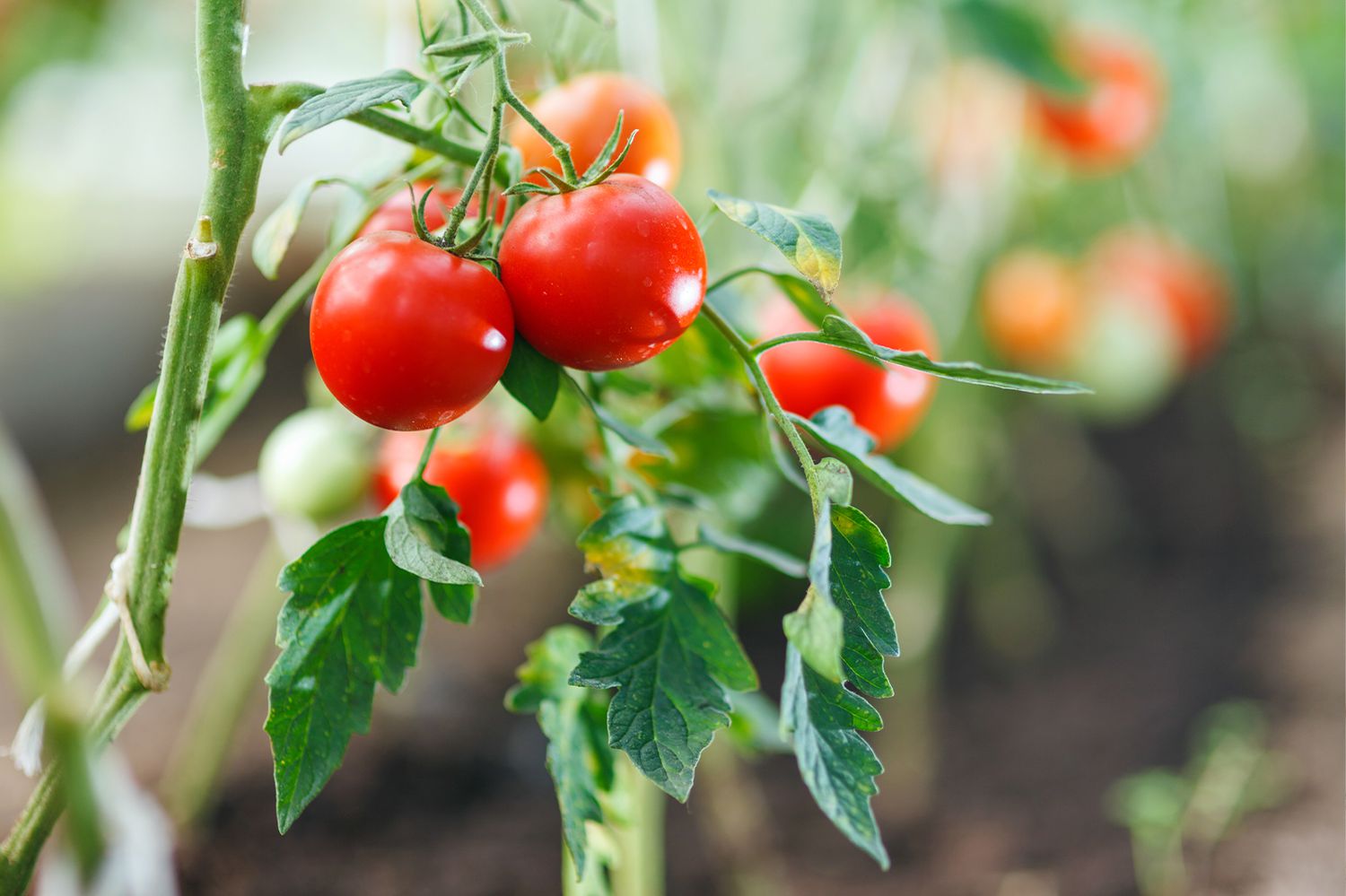

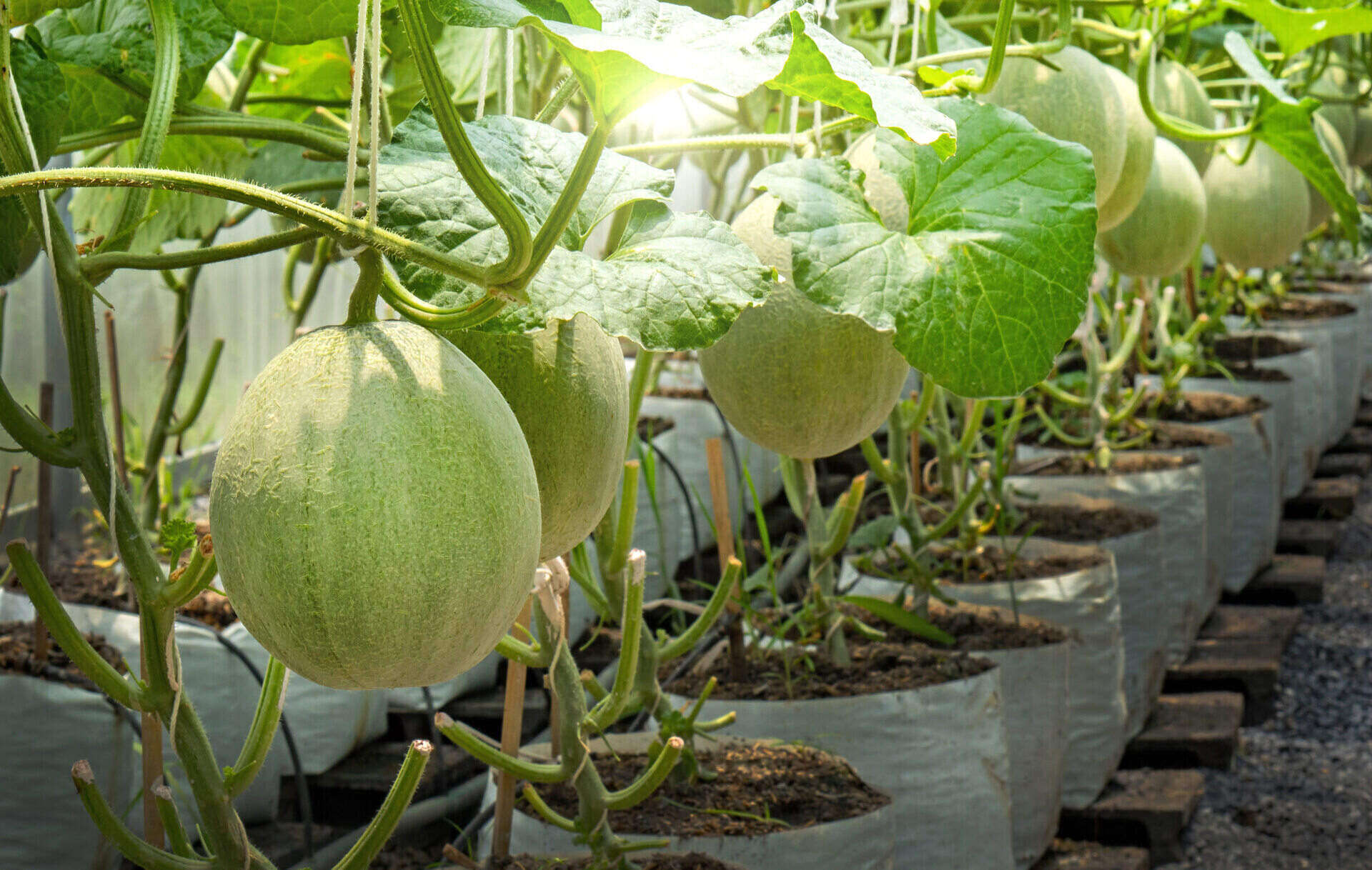

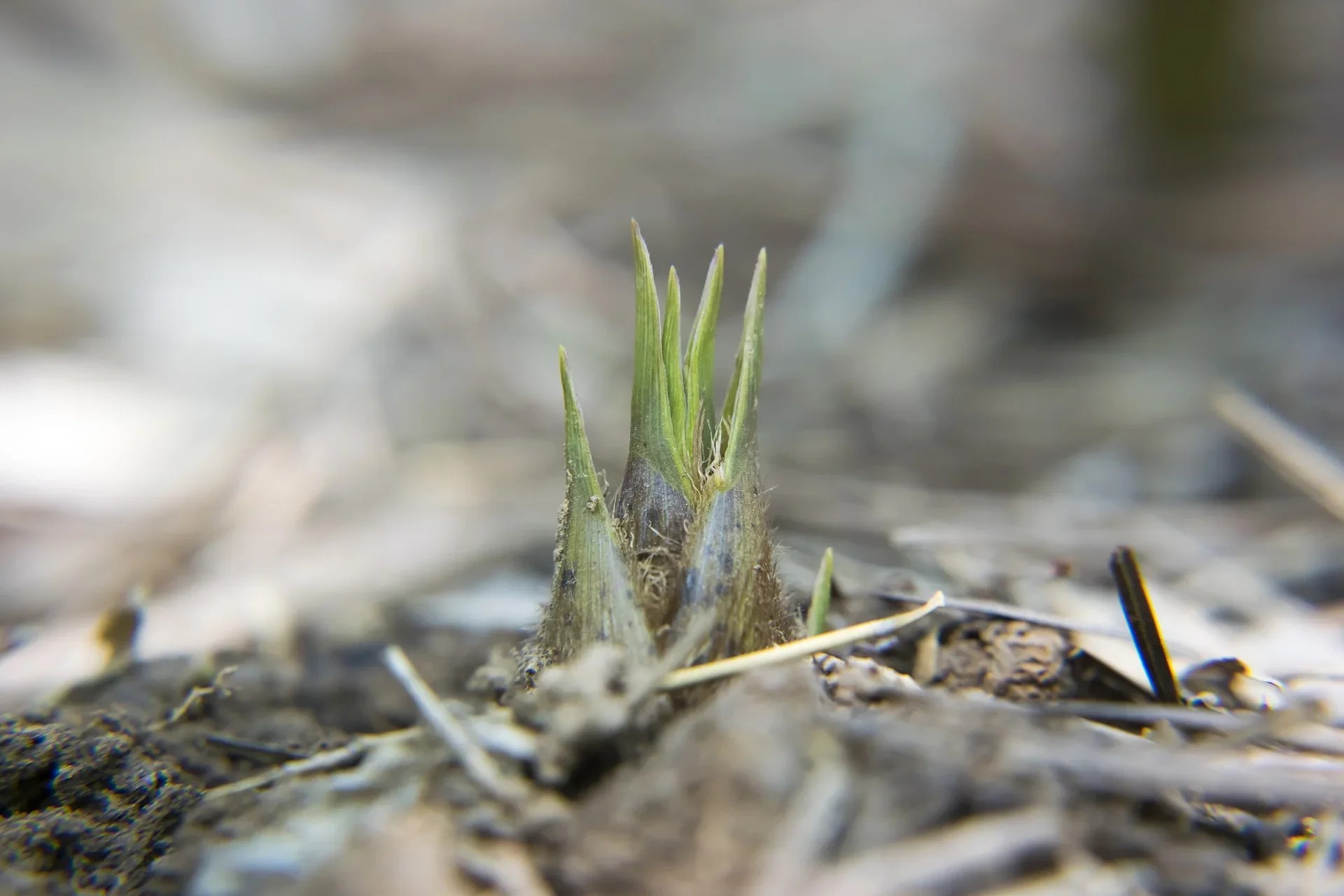
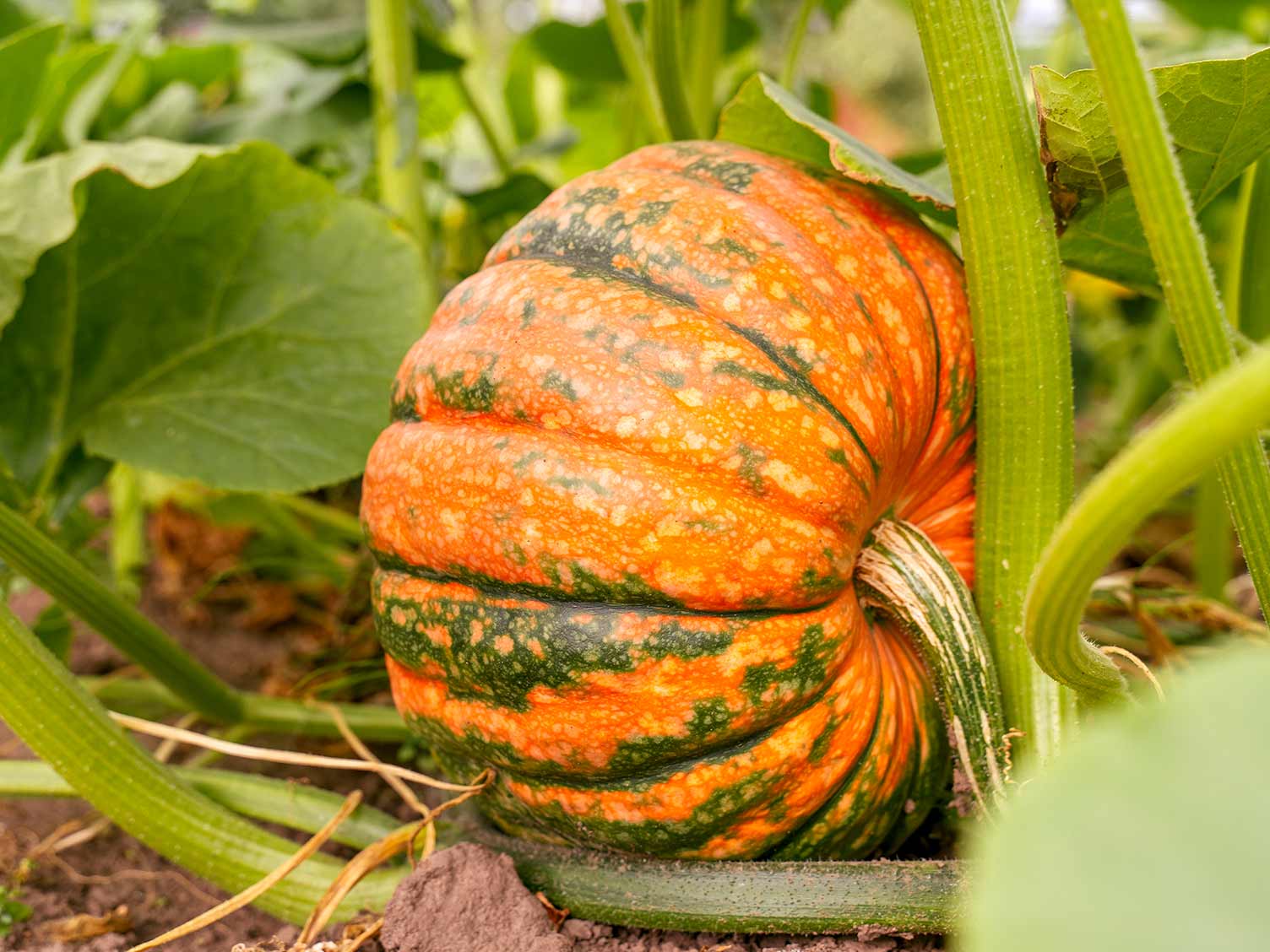
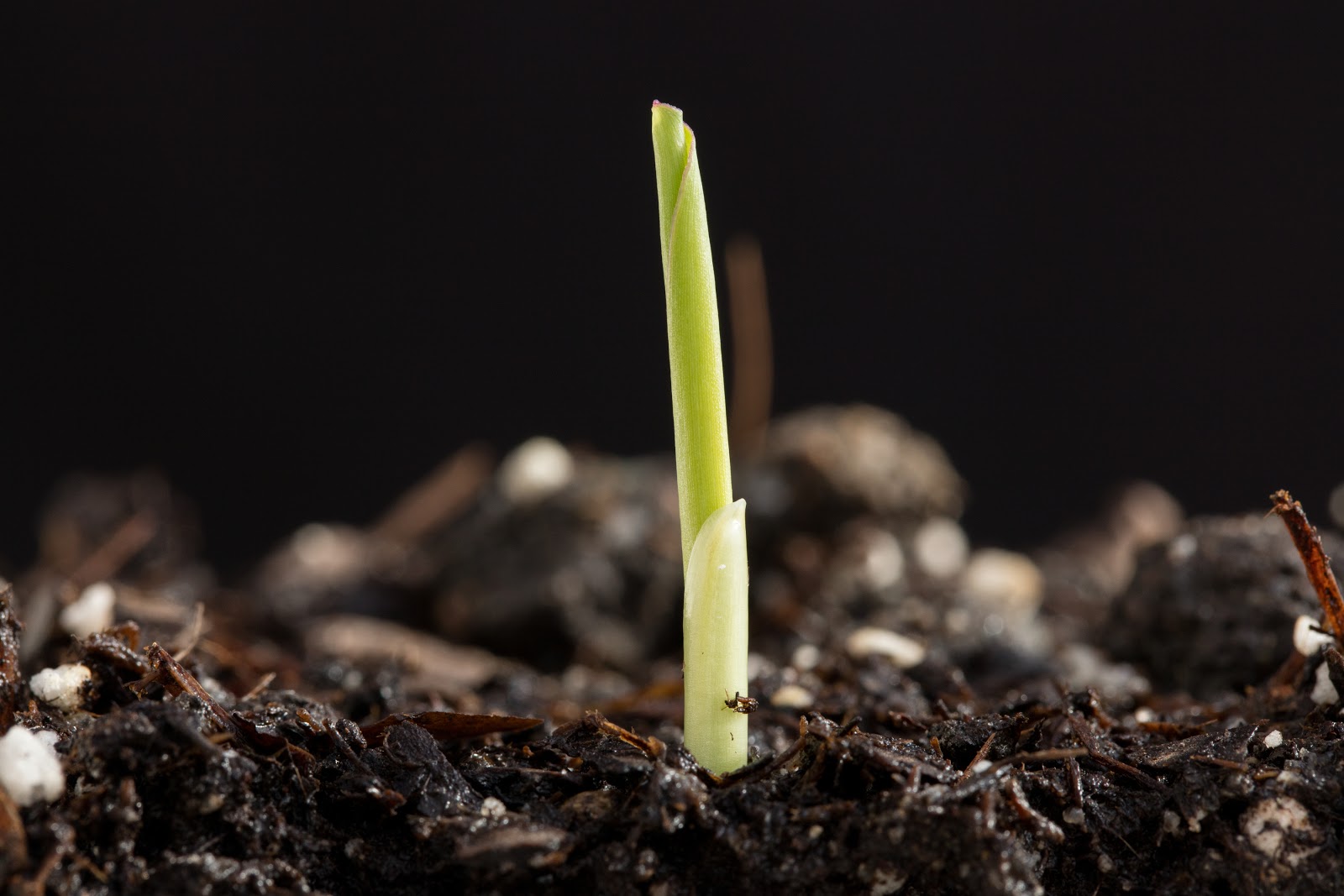
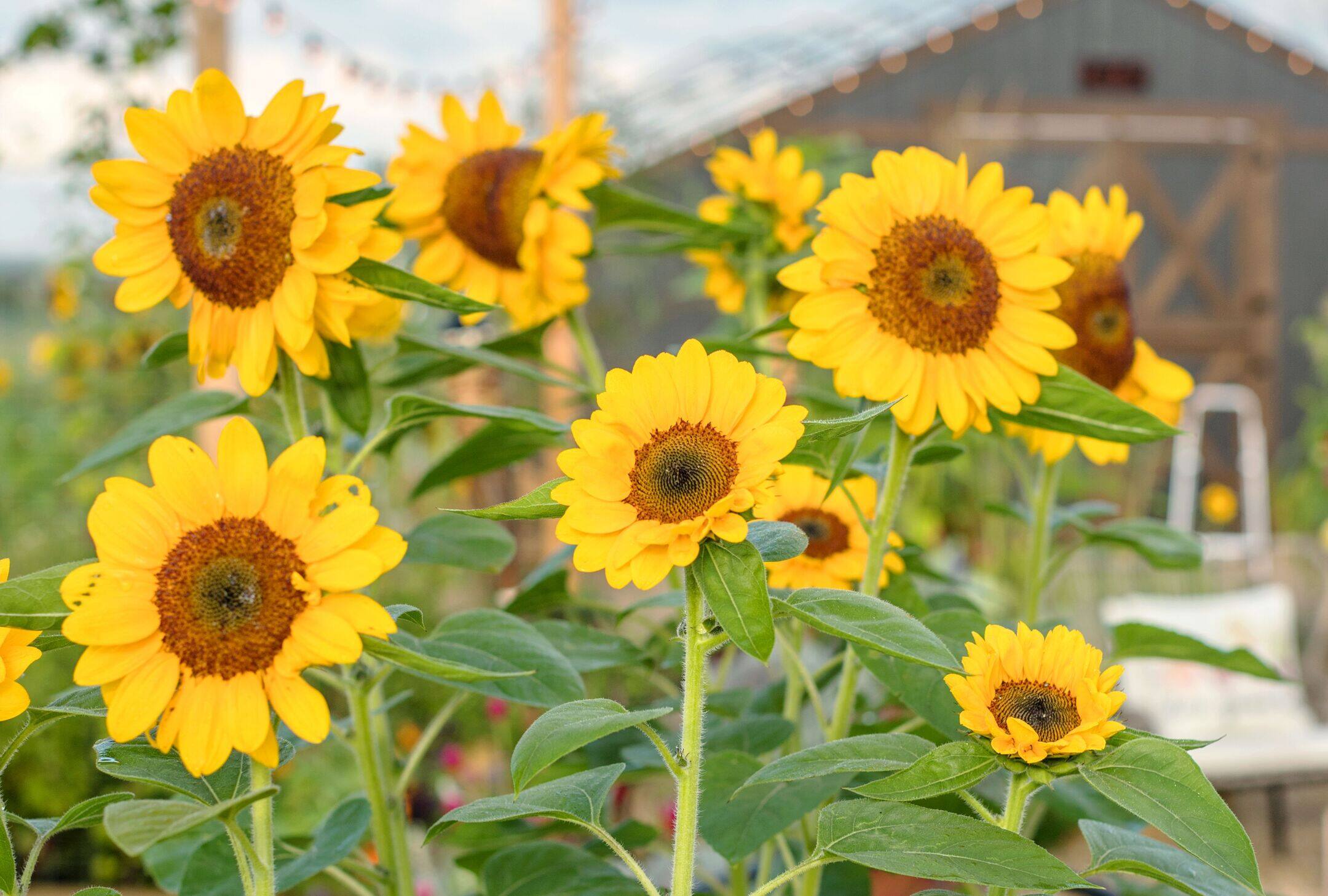
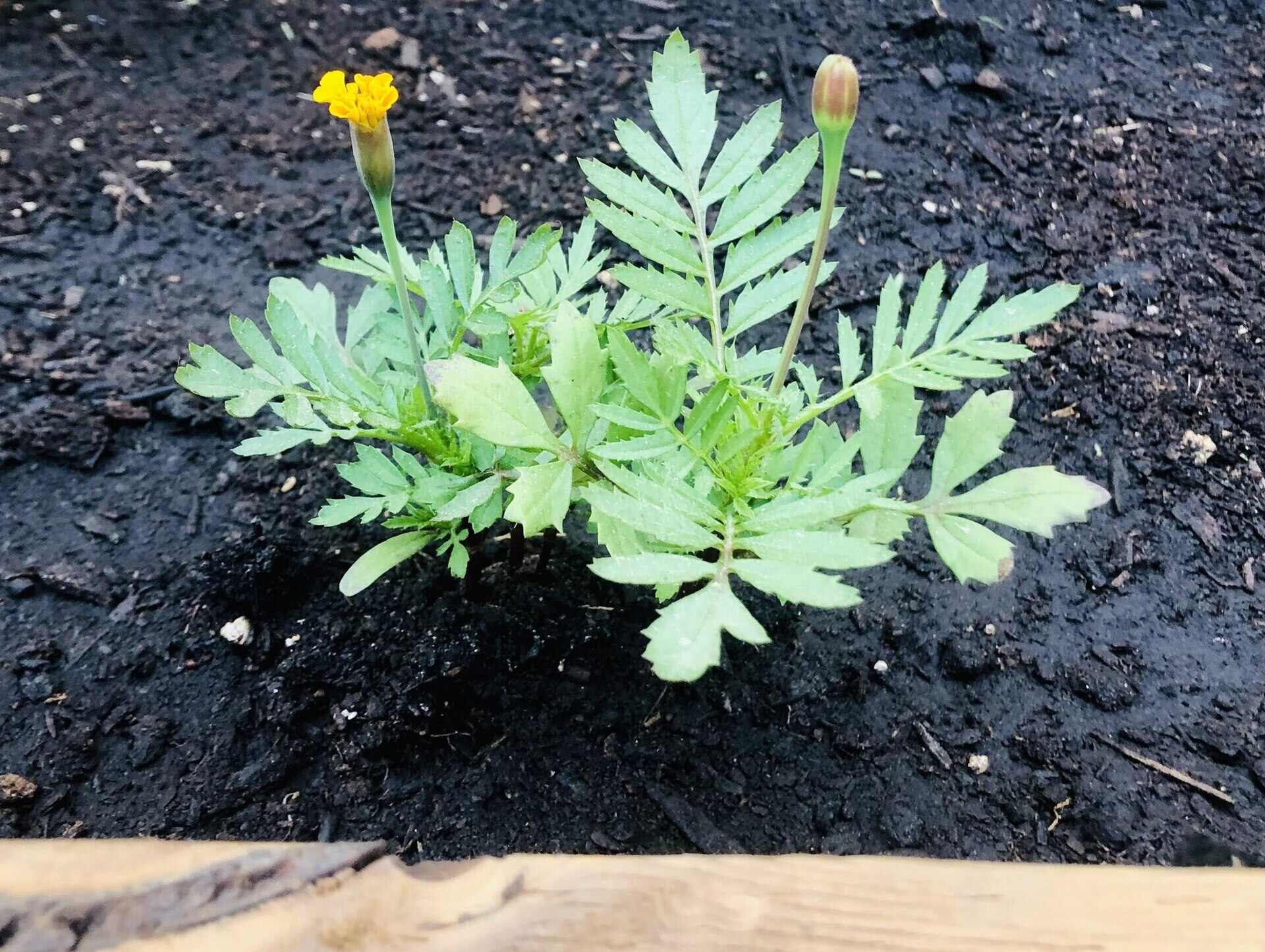
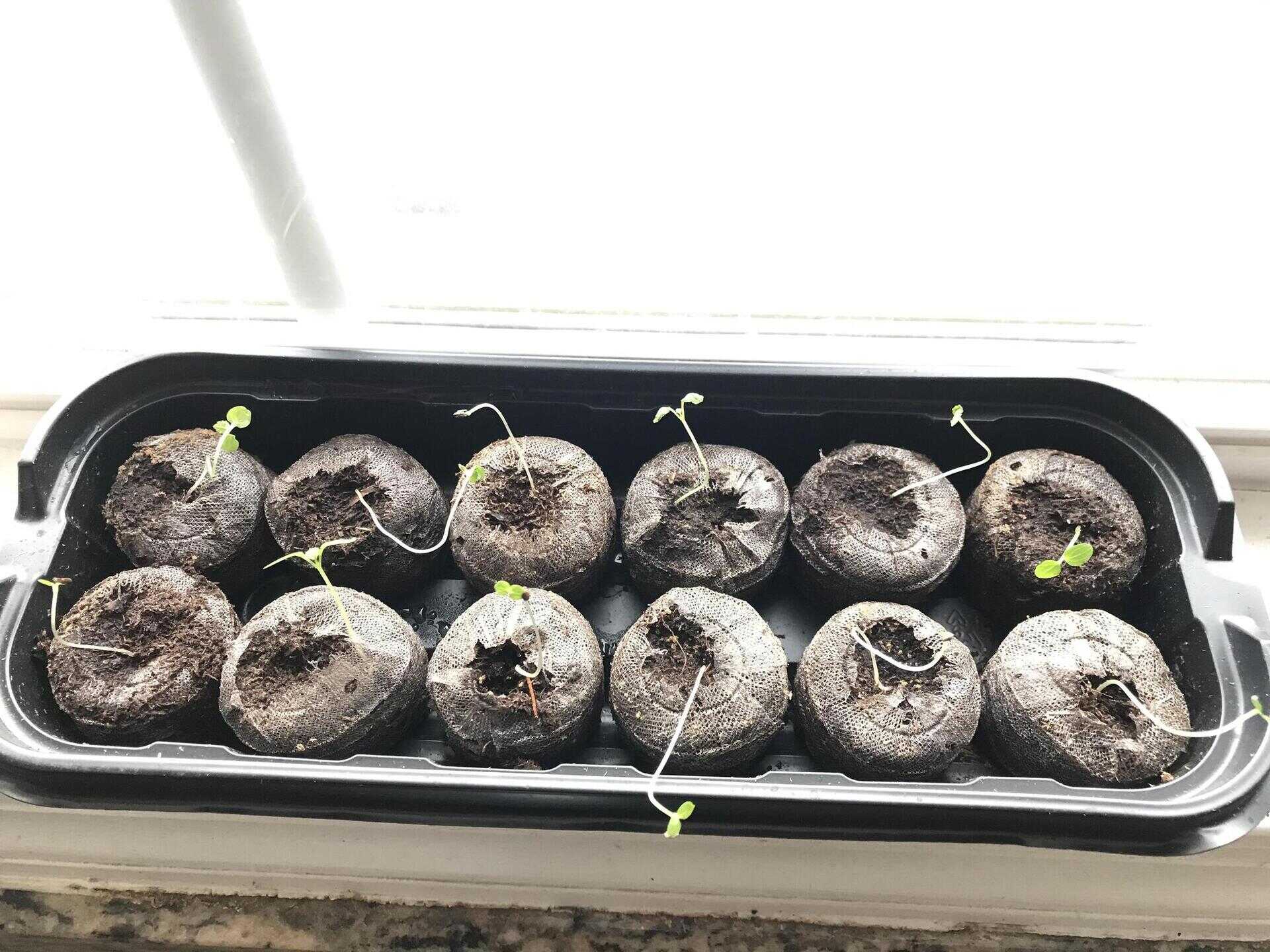
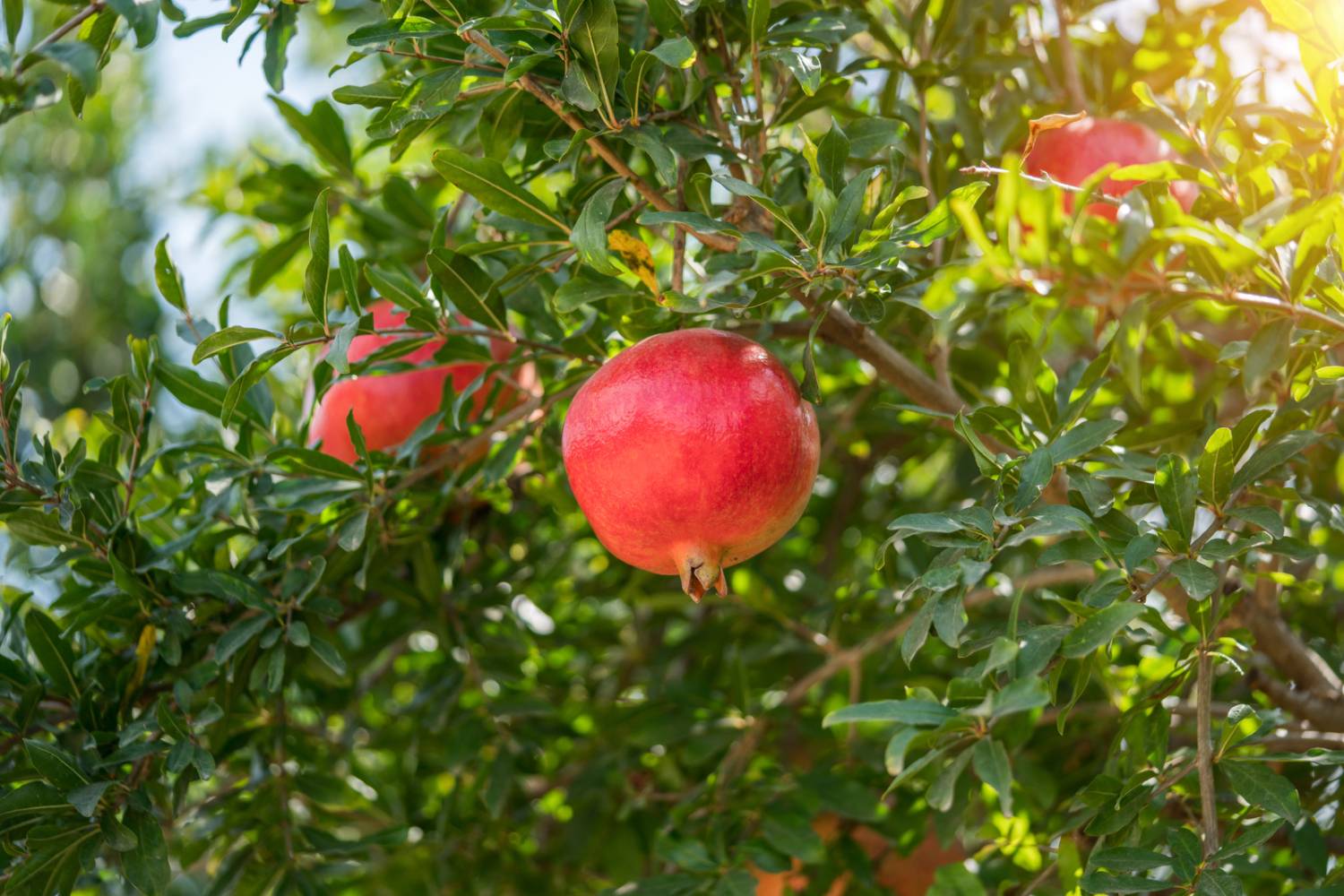
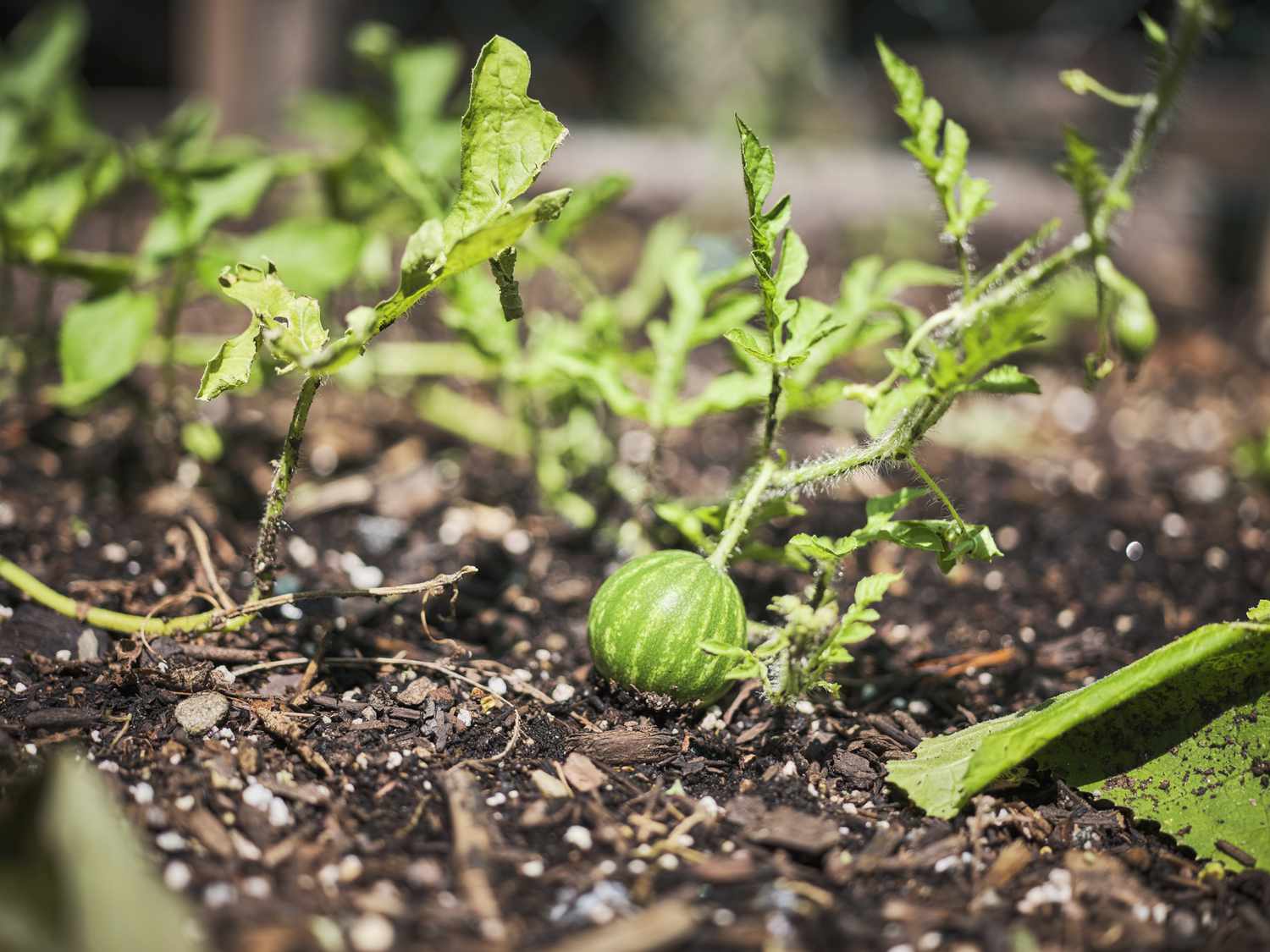
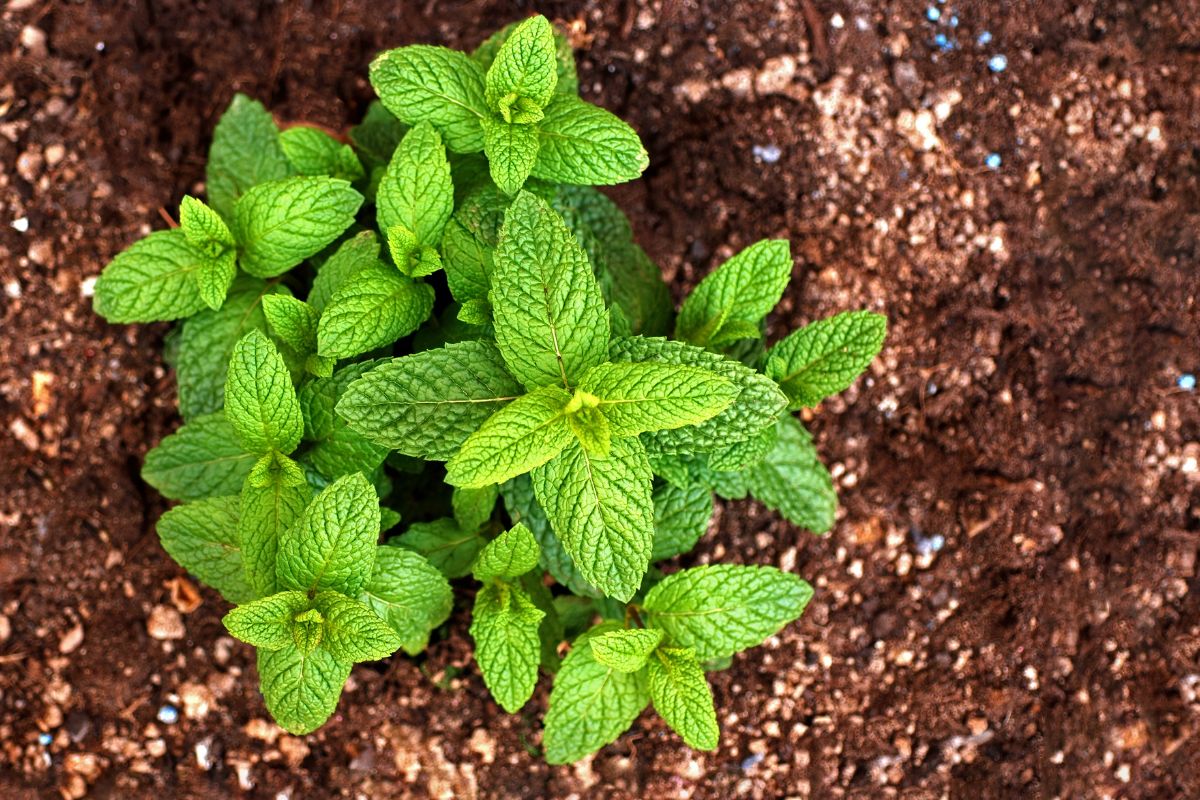
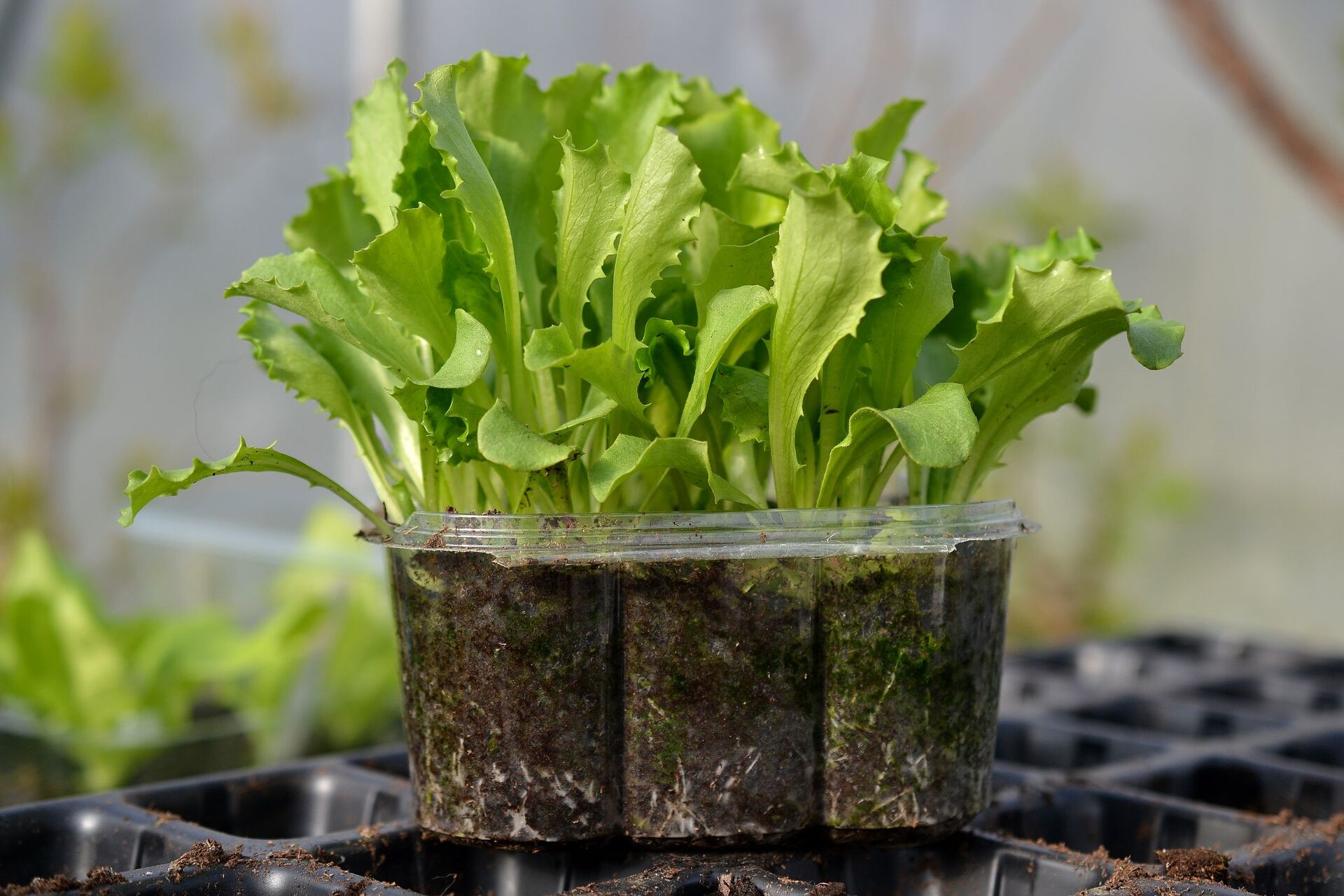

0 thoughts on “How Long Does Comfrey Take To Grow From Seed”